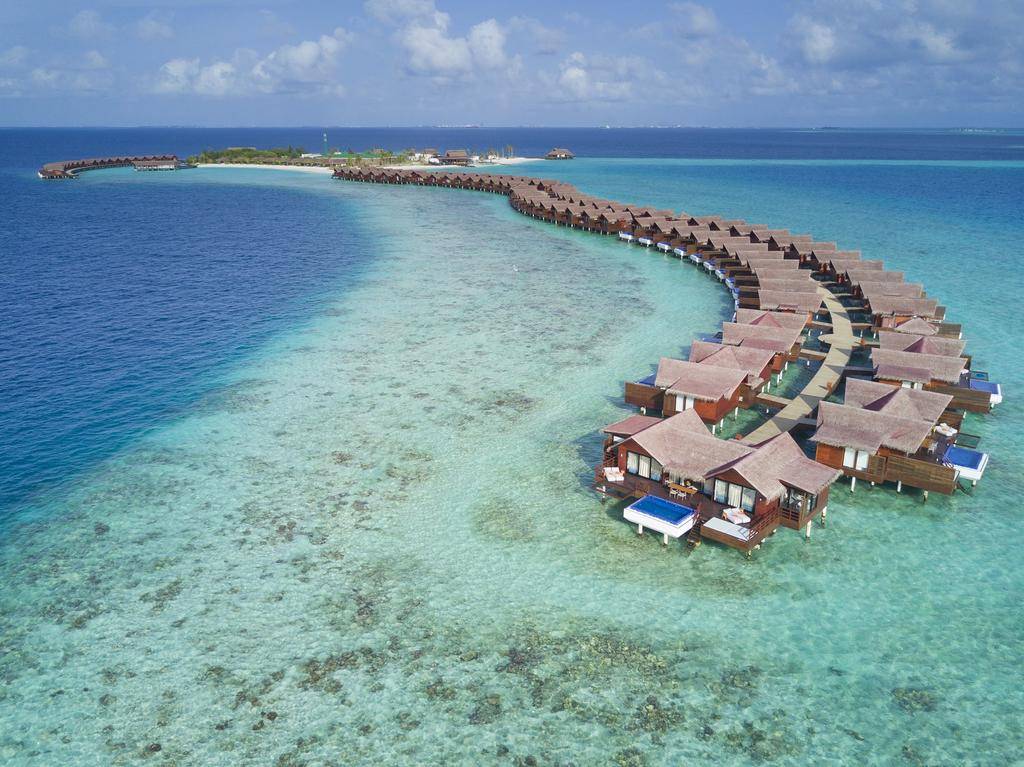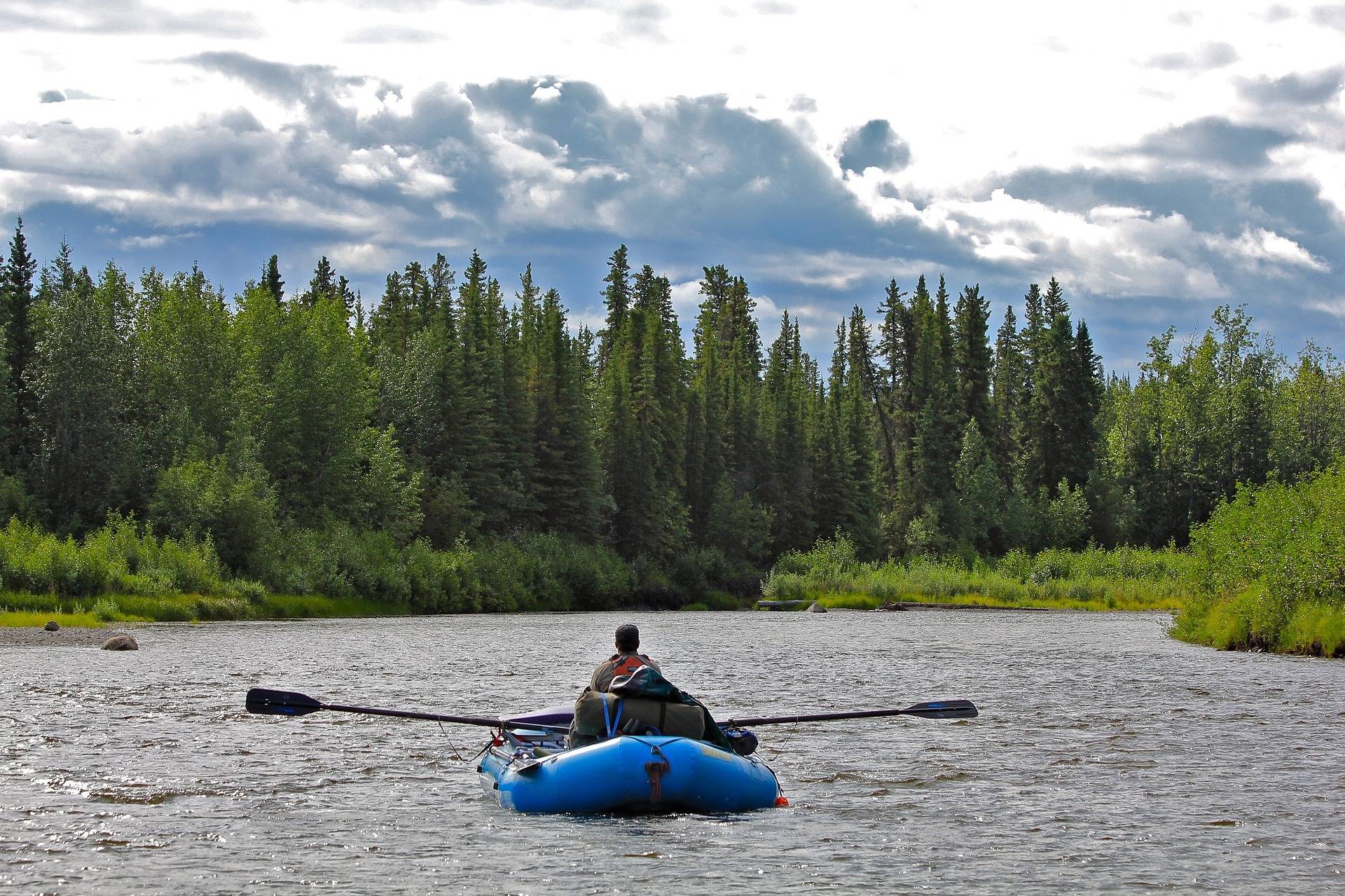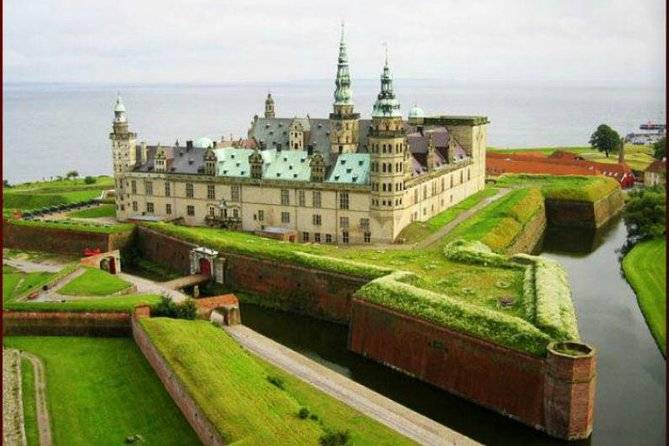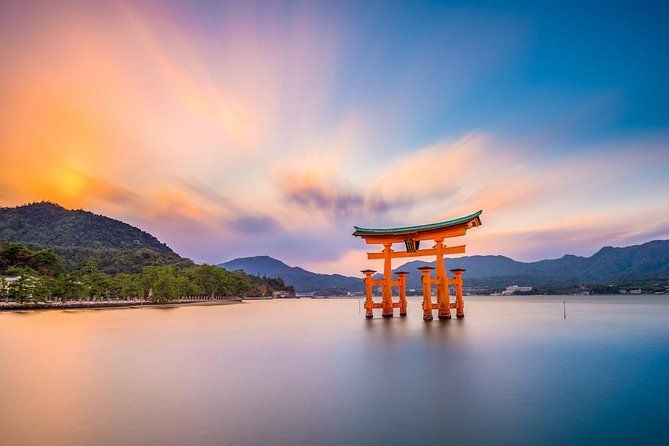Top 7 things to do on your holiday in Maldives for a memorable vacation
Share
| Table of Contents | |
|---|---|
| 1. | |
| 2. | |
| 3. | |
| 4. | |
| 5. | |
A honeymooner's paradise located in the Indian Ocean, the Maldives is a nation of islands that crosses the equator. A total of 1192 islands make up the country, which has an overall length of 871 kilometres. Only 298 square kilometres of the country's 90,000-square-kilometer surface area is dry land. A total of 26 atolls connect the islands in a double chain. The Maldives aren't just beautiful on land. The Maldives is home to around 5% of the world's reefs, which are made up of soft and hard corals that create an explosion of colour. As many as 1,000 species of fish live in the reefs. Manta rays and whale sharks, as well as other huge pelagic species, are drawn to the Maldives by the variety of nutrients in the water. If you have questions regarding what to do in Maldives, read on....
Banana Reef : In the North Malé Atoll, west of the island of Farukolhufushi, divers, snorkelers, and swimmers can explore the Banana Reef. Small canyons and overhangs, as well as soft coral, surround this reef, which is shaped like a banana and therefore acquired its name. A big overhang is generated by the currents of the ocean in the middle of the reef. Large schools of oriental sweet lips, snappers, and fusiliers can be found here. Red tooth trigger fish inhabit a wall and caves on the reef's southern edge. Protected marine area: Banana Reef. There is no dearth of water activities in Maldives.
Hulhumale : Due to its location, Hulhumalé is only accessible through a causeway from Malé. It's like an outpost of Malé itself. Formed from coral and sand taken from the lagoon and laid over the reef, Hulhumalé is a man-made island with an area of around 1.78 sq km. In 1997, work on the project began in order to alleviate some of the strain caused by the rapid rise of the island's population. Maldivian tea on the sandbank and a typical Maldivian dinner with a local family are among the options available to guests at the resort.
Artificial Beach Male : Artificial Beach, on the island's eastern coast, is a local favourite because it's the only swimming beach in Malé's main city. The breakwater that guards the shore makes this possible. There are fewer tourists here than residents, and exposing swimwear like speedos and bikinis are strictly forbidden. This lovely beach has evolved into something more than just a place to unwind and swim for fun. As a result, events like parades, carnivals, and concerts are becoming increasingly popular. Travelers can enjoy a sunset and a meal at Breakwater, Dinemore, or Oxygen Café after a day of sightseeing.
Male Fish Market : Malé Fish Market located west of Republic Square on the island of Malé, along the inner harbour on the north side of the island. This is a fantastic way to get to know the people of the Maldives and witness how they go about their daily lives. The best time to visit the market is in the afternoon and early evening, when most of the fishermen bring in their catch of the day. When it comes to fish captured and sold in this area, tuna is the most common species. For a wonderful and authentic Maldivian meal, tourists can pick up some locally sourced fruits and fish.
Snorkeling : It doesn't matter if you're on a honeymoon, a family vacation, or an adventure trip with pals, Maldives has you covered. A once-in-a-lifetime experience, it delivers on its promises and then some. In the Maldives, there are a slew of exciting activities. The Maldives' stunning oceans and abundance of marine life are two of the island's most popular attractions. The Maldives has some of the best underwater life in the world, making it a fantastic snorkelling destination. Beautiful snorkelling may be found in the Maldives, an island chain in the Indian Ocean south of India. One can also see a wide variety of fish and other aquatic organisms, including anemonefish, colourful Giant Clams, Blacktip and Whitetip Reef Sharks, Hawksbill Turtles, Whale Sharks, Eagle Rays, gigantic...
Scuba Diving : Diving in the Indian Ocean is a terrific way to learn about the marine life below the surface. Scuba diving is the greatest option if you want to see as many aquatic critters as possible. More than 700 kinds of fish and other aquatic organisms can be found in the coral reefs. In nature, the warm ocean water enhances the diving experience significantly. Scuba diving is at its peak between June and October, and from December through March in the Maldives. Diving locations in the Maldives include Kudu Haa, Girifushi Thila, the middle point of Nassimo, Okobe Thila, Sunlight Thila, and Banana Reef. It's possible to find a wide variety of marine life in the waters around the island. Napoleon wrasse and parrotfish are only two examples of the marine life that can be found.
Here in the Maldives, the possibilities are endless for those who enjoy the water. There's something for everyone here, whether you prefer swimming in shallow water, snorkelling on a coral reef, scuba diving with tropical fish, deep diving to discover the ocean's depths, or taking part in exhilarating water sports. Dive destinations abound in the Maldives, which are home to some of the world's most stunning coral reefs and marine life. Those looking for adventure can partake in a variety of watersports such as jet skiing, glass bottom boats, canoeing, catamaran sailing, kite surfing, or even parasailing while on a Maldives holiday. All of these activities are available whether you're staying at a resort, hotel, guesthouse, or on a ship. In the Maldives, sunset cruises, swimming with manta rays, and spotting a whale shark are all common experiences.
Frequently Asked Questions

Related Blogs
 Uncovering the Fascination: The Reason Why Irish Travelers Are Drawn to Spain
Uncovering the Fascination: The Reason Why Irish Travelers Are Drawn to Spain Top 7 Things to do on Your Holiday in Netherlands for a Memorable Vacation
Top 7 Things to do on Your Holiday in Netherlands for a Memorable Vacation Top 7 things to do on your holiday in Maldives for a memorable vacation
Top 7 things to do on your holiday in Maldives for a memorable vacation A Romantic Escape: How to Plan the Perfect Honeymoon in Maldives
A Romantic Escape: How to Plan the Perfect Honeymoon in Maldives A Journey Through Iceland: Discover the Magic of This Enchanting Destination on Your Next Vacation!
A Journey Through Iceland: Discover the Magic of This Enchanting Destination on Your Next Vacation! 10 Must Visit Destinations for an Unforgettable Trip to India
10 Must Visit Destinations for an Unforgettable Trip to India From Lego to Legit: How to Plan the Ultimate Vacation in Denmark
From Lego to Legit: How to Plan the Ultimate Vacation in Denmark From Samba to Sunbathing: Unforgettable Experiences on Your Trip to Brazil
From Samba to Sunbathing: Unforgettable Experiences on Your Trip to Brazil From Sumo Wrestling to Sake Tasting: Your Guide to a Memorable Holiday in Japan
From Sumo Wrestling to Sake Tasting: Your Guide to a Memorable Holiday in Japan

